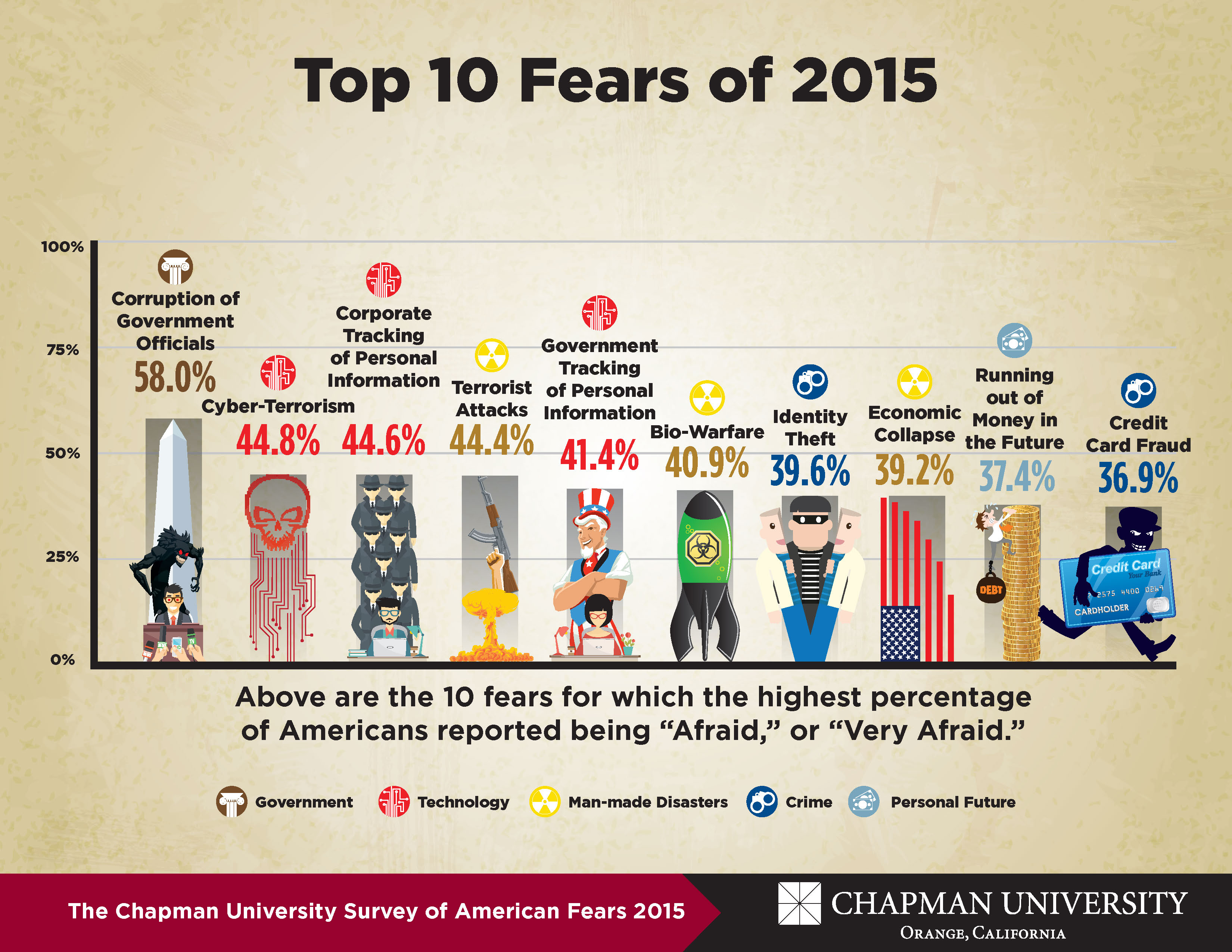Thanks for reading and watching throughout 2015.
Have a Safe and Happy New Year.
January 2015
- OK 2015, Now What?
- The Analog Generation
- Application Availability Between Hybrid Data Centers
- Will Deflate-Gate Lead to Micro-Chipped Footballs?
- VMware Partner Exchange 2015: Video Preview
- VMware PEX 2015 – Find F5
- VMware PEX 2015 – What Customers Want From Security Vendors
- VMware PEX 2015 – BIG-IP on vCloud Air
- VMware PEX 2015 – F5 Channel Partner Ecosystem
- VMware PEX 2015 – That’s a Wrap!
- 5 Ways #IamF5
- The Internet of Me, Myself & I
- Intelligent DNS Animated Whiteboard
- Mobile World Congress 2015 - The Preview Video
- MWC 2015 - Find F5
- MWC 2015 – NFV for Service Providers (feat Yue)
- MWC 2015 – Threats to Mobile Carrier Networks (feat George)
- MWC 2015 – How LTE Roaming Works (feat Nas)
- MWC 2015 – Getting Work Done on the Go (feat Carovano)
- MWC 2015 - SDN Demystified (feat Duncan)
- MWC 2015 – TCP Opt for Service Providers (feat Yue)
- MWC 2015 – Enhancing Subscriber’s Quality of Experience (feat Mahmoodi)
- MWC 2015 – The Mobile Revolution with F5 CEO John McAdam
- MWC 2015 – That’s a Wrap!
- Lost in Translation...in Italy
- Healthcare in the Crosshairs
- What are These "Things”?
- IoT Influence on Society
- RSA 2015 - The Preview Video
- RSA2015 – Find F5
- RSA2015 Partner Spotlight - RSA Risk Based Authentication
- RSA2015 – Defending the New Perimeter
- RSA2015 – The InfoSec Landscape with Jeremiah Grossman
- RSA2015 Partner Spotlight: FireEye Partnership
- RSA2015 – SSL Everywhere (feat Holmes)
- RSA2015 – That’s a Wrap!
- IoT Effect on Applications
- IoT Ready Infrastructure
- F5 Agility EMEA 2015 - The Preview Video
- F5 EMEA Agility 2015 - Welcome to Edinburgh
- What Are You Looking Forward To At F5 Agility 2015?
- F5 Agility 2015 EMEA – ACI with F5 & Cisco
- F5 Agility 2015 EMEA – King Robert the Bruce
- F5 Agility 2015 EMEA – Sir William Wallace
- That’s a Wrap from EMEA F5 Agility 2015
July
August
- Welcome to F5 Agility 2015
- Innovate, Expand, Deliver with F5 CEO Manny Rivelo
- Get F5 Certified at F5 Agility 2015
- Software Defined Data Center Made Easy with F5 and VMware
- F5 DevCentral Solves Your BIG-IP Questions
- That's a Wrap from #F5Agility15
- Our Five Senses on Sensors
- VMworld2015 – The Preview Video
- VMworld2015 – Find F5
- VMworld2015 – Realize the Virtual Possibilities (feat. de la Motte)
- VMworld2015 – Business Mobility Made Easy with F5 and VMware (feat. Venezia)
- Software Defined Data Center Made Simple (feat. Pindell) - VMworld2015
- That’s a Wrap from VMworld2015
- F5 + Blue Medora: Gain Control of Your Applications with vRealize
- Is Your DNS Vulnerable?
- AWS re:Invent 2015 – The Preview Video
- IoT: Tabs to be Read Later
- Find F5 at AWS re:Invent 2015
- AWS re:Invent 2015 - Value of App Services in the Cloud (feat Vrankic)
- AWS re:Invent 2015 – SSL Everywhere…Including the Cloud (feat Stanley)
- AWS re:Invent 2015 – Web Application Firewall in the Cloud (feat Haynes)
- AWS re:Invent 2015 – Programmability in the Cloud (feat Applebaum)
- AWS re:Invent 2015 – The F5 Ready Program (feat Pickering)
- That’s a Wrap from AWS re:Invent 2015
- The Wave of Change at Tech Events
- F5 + SimpliVity: Deploy and Simplify Application Deployments Together
- Wearables Head to Tail
- F5 + Nutanix: Invisible Infrastructure and SDAS Joining Forces
- Ask the Expert – Are WAFs Dead?
- Ask the Expert – Why SSL Everywhere?
- Ask the Expert – Why Web Fraud Protection?
- Ask the Expert – Why Identity and Access Management?
- Connecting the Threads
- Identity Theft: Not So Scary Anymore?
- F5 Blog: Backseat Drivers, Your Wish Has Come True
- Inside the ALOHA!
- Arguing with Things
- Punchbowl, Pearl Harbor and my Grandparents
- The Top 10, Top 10 Predictions for 2016
ps
Related
| Connect with Peter: | Connect with F5: |
| |




